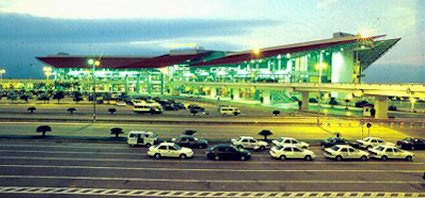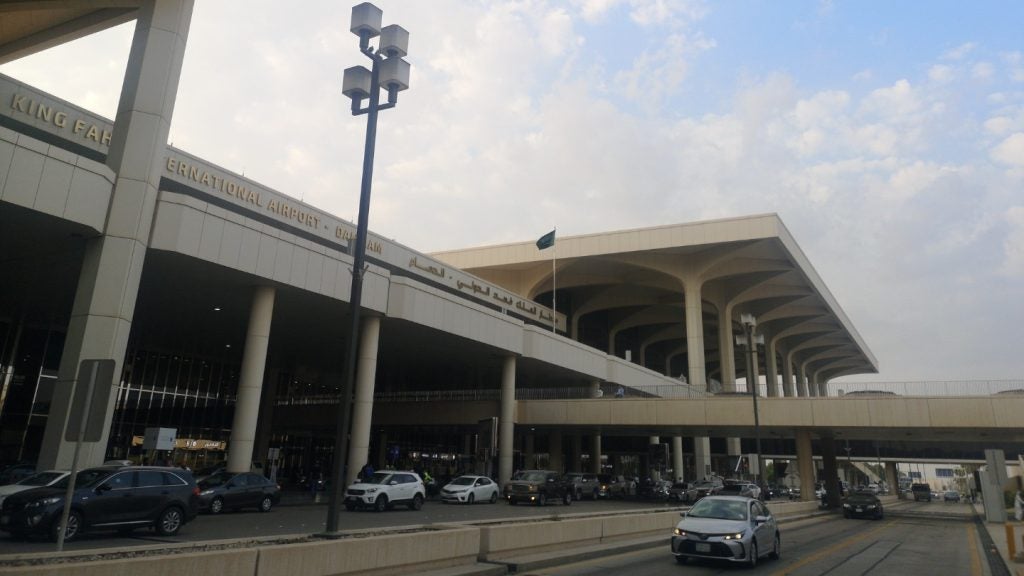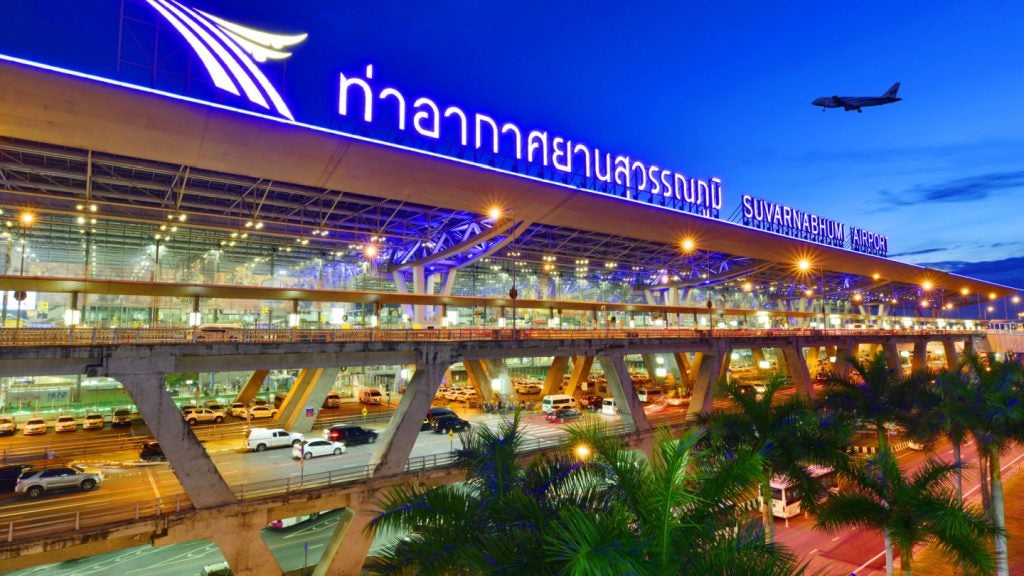The Hazrat Shahjalal International Airport in Dhaka, Bangladesh, is being expanded in order to address the continued increase in domestic and international passengers and cargo passing through the facility.
The airport is anticipated to witness passenger traffic of approximately 12 million by August 2022 and up to 22 million by 2035.
The ground-breaking ceremony of the third passenger terminal building and other infrastructure was held in December 2019. Being executed by Civil Aviation Authority of Bangladesh (CAAB) and the Ministry of Civil Aviation and Tourism, the expansion is scheduled for completion in 2022.
It is set to more than double the airport’s annual passenger handling capacity from the current eight million to approximately 20 million, and the cargo capacity from 200,000t to 500,000t.
It is also expected to improve air transportation, as well as economic and social development in Bangladesh.
Shahjalal airport expansion details
The expansion includes the construction of the third passenger terminal building known as Terminal 3, as well as a 5,900m² VVIP complex, 41,200m² cargo building and multi-level car parking building with tunnel.
The new international passenger terminal building will have a floor area of roughly 226,000m².
Additionally, the project will see the construction of several exit and connecting taxiways, a parking apron in Terminal 3, new roads to connect the terminal with the airport road and a drainage system.
Various water treatment, power supply, rescue and fire-fighting facilities will also be built as part of the development.
A feasibility study is currently underway for the construction of a second runway parallel to the main runway.
Construction and financing for the Hazrat Shahjalal airport expansion
A feasibility study for the Hazrat Shahjalal airport expansion project was conducted between 2014 and 2015.
The project was approved by the Government of People’s Republic of Bangladesh in May 2015. The total cost of the expansion is estimated to be ¥192bn ($1.76bn).
The Government of the People’s Republic of Bangladesh signed an agreement with the Japan International Cooperation Agency (JICA) in June 2017 to provide an Official Development Assistance (ODA) loan of up to ¥76.83bn ($689m) for the expansion.
Contractors involved in the Bangladesh airport expansion
“The ground-breaking ceremony of the third passenger terminal building and other infrastructure was held in December 2019.”
CAAB awarded a five-year contract worth ¥4.6bn ($42.1m) to a consortium led by Japanese engineering and consulting company Nippon Koei for the project in August 2017.
The consortium comprises Singapore-based CPG Consultants, Bangladesh-based Development Design Consultants, and Japanese engineering consulting firm Oriental Consultant Global.
Yooshin Engineering, CPG Corporation, and Development Design Consultants took part in the feasibility study of the project.
Hazrat Shahjalal International Airport history and existing facilities
Situated on an 802ha site in Kurmitola, north of the capital Dhaka, Hazrat Shahjalal International Airport began operations in 1980.
The airport has one domestic terminal and two international terminals with a maximum capacity of eight million passengers a year.
The existing terminals will not able to accommodate the growing number of passengers due to capacity constraints.
In addition, Hazrat Shahjalal International’s existing cargo facility is facing flaws regarding its safety and security systems and is also regarded as insufficient to accommodate the growing cargo volumes.
The site’s 3,200m-long main runway was upgraded to asphalt surface in 2013.
The airport also features a multi-storey car parking area and a VIP terminal.
//do_action('thb_newsletter_subscribe_signup_second');












